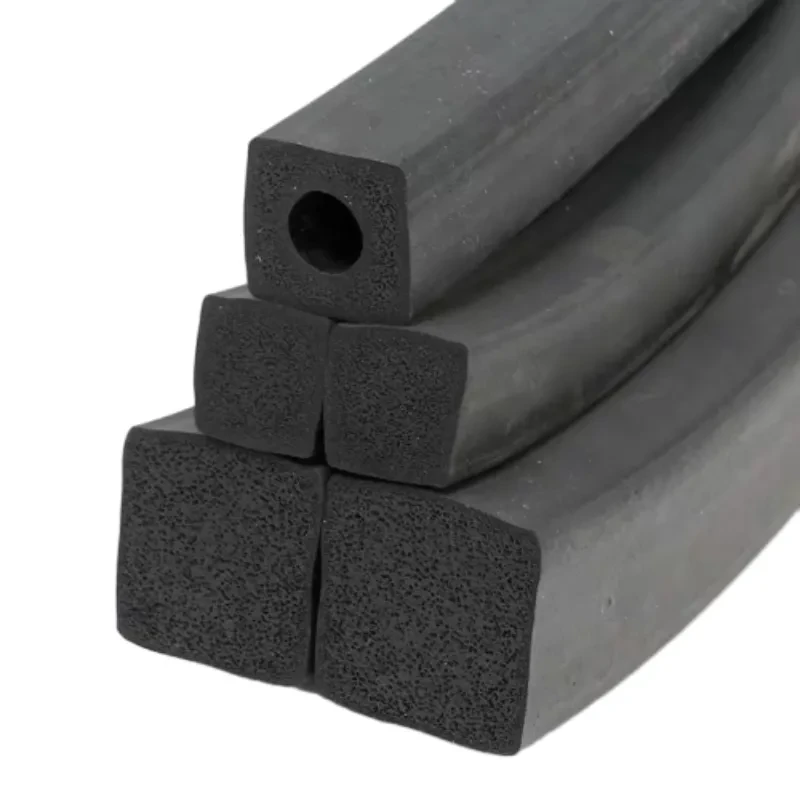door bottom weatherstripping types
Understanding Different Types of Door Bottom Weatherstripping
When it comes to maintaining an energy-efficient home, one often-overlooked aspect is the weatherstripping around doors. Door bottom weatherstripping serves as a critical line of defense against drafts, moisture, and pests. In this article, we will explore the various types of door bottom weatherstripping, highlighting their features, benefits, and suitable applications to help you choose the right one for your needs.
1. V-Strip Weatherstripping
V-strip, also known as tension seal weatherstripping, is a versatile option that is usually made from durable vinyl or metal. This type of weatherstripping is installed along the sides of the door frame and folds to create a V shape. As the door closes, the sides of the V compress, creating a tight seal against drafts and debris. V-strips are particularly beneficial for exterior doors, as they withstand harsh weather conditions and provide a long-lasting solution for energy efficiency.
2. Saddle Thresholds
Saddle thresholds are not strictly a weatherstripping product; however, they are crucial for sealing the gap between your door and the floor. These raised strips sit underneath the door and provide a barrier to water and air. When used in conjunction with other types of weatherstripping, such as a door sweep, saddle thresholds enhance the overall effectiveness in preventing water and air infiltration. They come in various materials, including aluminum, wood, and rubber, making them adaptable to different door styles and environments.
3. Door Sweeps
Door sweeps are perhaps the most recognizable form of door bottom weatherstripping. They consist of a long strip that attaches to the bottom of the door and includes a flexible material, such as rubber or vinyl, to create a seal against the floor. Door sweeps come in various configurations, including adhesive options for easy installation or those that screw directly into the door. This type is particularly effective at blocking drafts, dust, and noise while also helping to keep out insects and other pests.
door bottom weatherstripping types

4. Bottom Door Seals
Bottom door seals are similar to door sweeps but usually involve a more extensive sealing mechanism that may include an adjustable or compression design. These seals help to fill larger gaps between the door and the floor, making them ideal for doors that don’t meet the floor perfectly. Some models even feature a built-in brush or a vinyl flange that further enhances the seal, making them a popular choice for both exterior and interior doors.
5. Foam Weatherstripping
Foam weatherstripping is an economical option to enhance your door sealing. This type typically comes in a roll, and it’s made from either open-cell or closed-cell foam. Open-cell foam is softer and more compressible, while closed-cell foam is denser and provides better insulation. Foam weatherstripping can be applied along the bottom edge of a door and is particularly useful in situations where flexibility and ease of installation are priorities. However, foam may not be as durable as other options, so it’s best for temporary or low-traffic applications.
6. Magnetic Weatherstripping
For a more innovative approach, magnetic weatherstripping is worth considering. This type features a strip with embedded magnets that provides a tight seal when the door closes. Magnetic weatherstripping is particularly effective for doors that require frequent opening and closing, as it automatically aligns and secures. While more common in window applications, it can also be utilized at the door level, offering excellent insulation properties.
Conclusion
Selecting the right door bottom weatherstripping is essential for maintaining the comfort and energy efficiency of your home. Whether you opt for traditional door sweeps, efficient V-strips, or innovative magnetic options, understanding each type's unique features and benefits will help you make an informed choice. Investing in quality weatherstripping not only saves money on energy bills but also enhances your home’s overall comfort and protection from the elements. Remember, proper installation and maintenance of your weatherstripping will go a long way in maximizing its effectiveness and longevity.
-
Under Door Draught Stopper: Essential ProtectionNewsJul.31,2025
-
Garage Door Seal and Weatherstrips for ProtectionNewsJul.31,2025
-
Edge Banding Tape for Perfect EdgesNewsJul.31,2025
-
Table Corner Guards and Wall Corner ProtectorsNewsJul.31,2025
-
Stair Nose Edging Trim and Tile Stair SolutionsNewsJul.31,2025
-
Truck Bed Rubber Mats for Pickup BedsNewsJul.31,2025
-
Window Weather Stripping for Noise ReductionNewsJul.29,2025